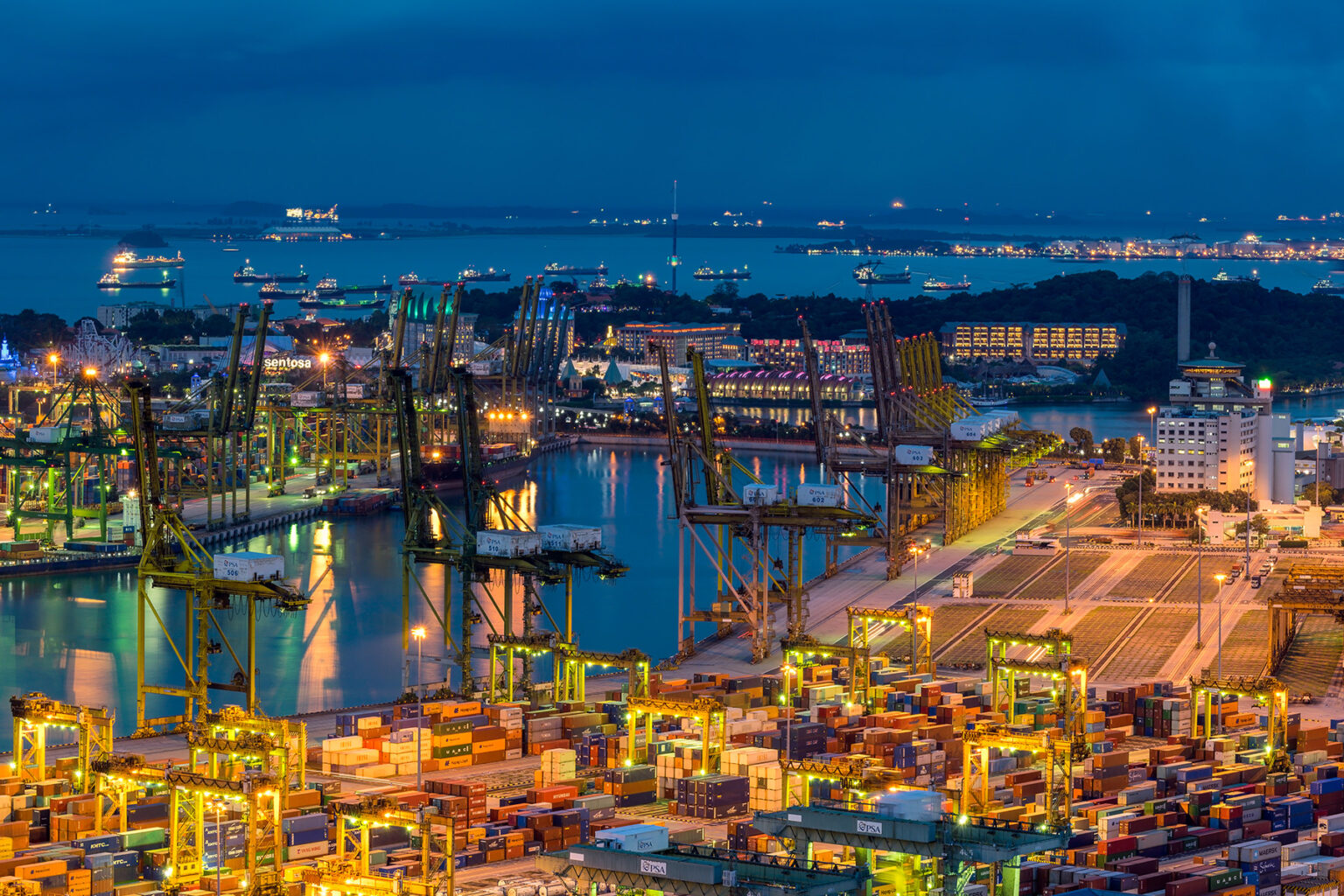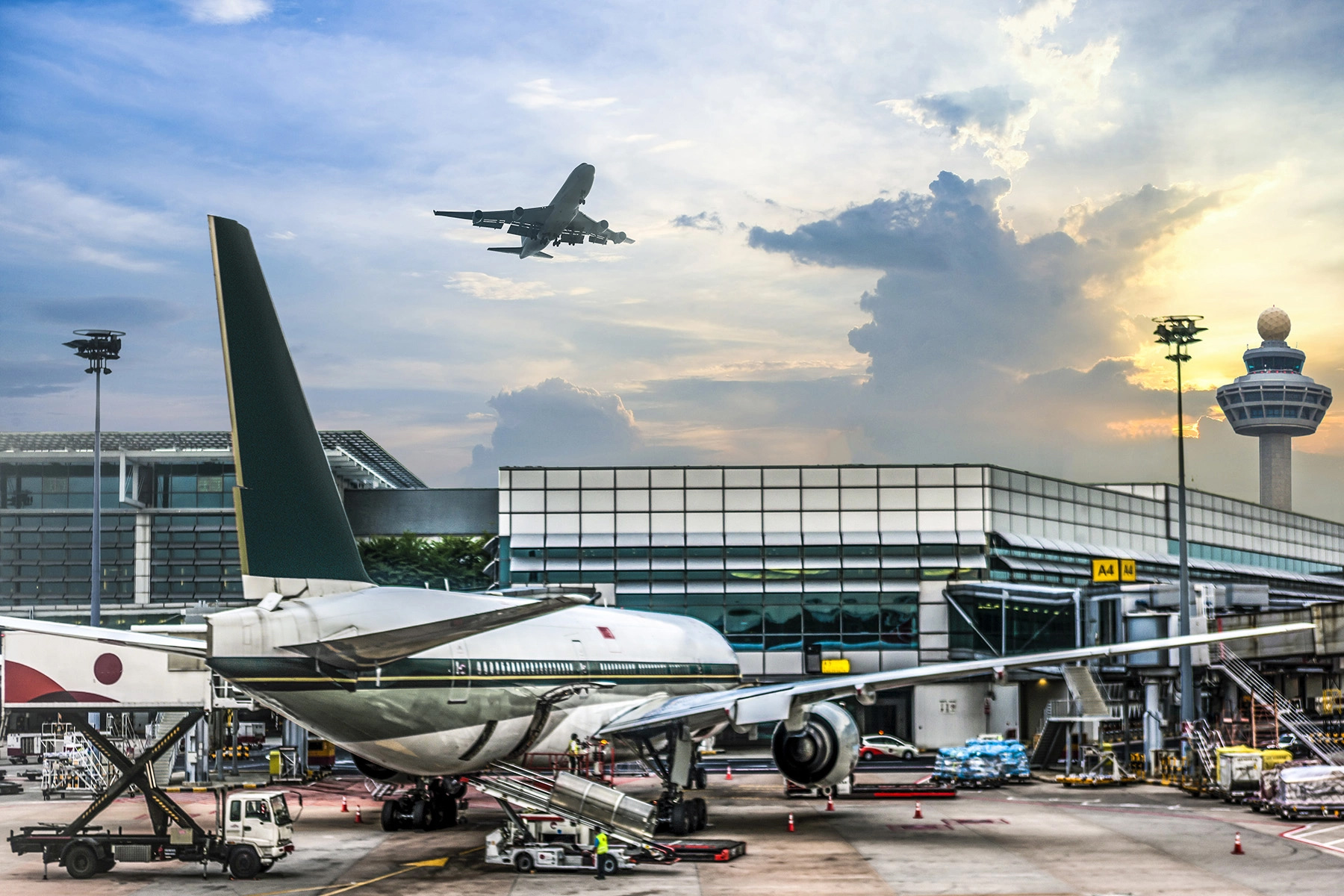If you’re a minimalist, you might be able to start your new life in Singapore with just a couple of suitcases. However, for most expats, that’s sadly not the case. Bringing furniture, vehicles, and other large possessions to this tiny island nation can seem like a daunting task.
But help is at hand. Read on for all the information you need about shipping your personal items to Singapore. Whether you send your belongings by air or sea, you’ll find all the best tips to help you get your time in the Lion City off to a good start.
- Relocating to Singapore from abroad
- Relocating to Singapore with air freight
- Relocating to Singapore with sea freight
- Relocation to Singapore by road or rail freight
- International relocation companies
- How do I move a car to Singapore?
- How to move to Singapore with pets
- Customs and importing goods into Singapore
- Useful resources
Sirelo
It’s no secret that moving abroad can be stressful. Sirelo’s team of removal advisers is here to help. They provide five free quotes from international shipping companies so you can find the best options at the best prices. Take the stress out of your relocation to Singapore with Sirelo.
Relocating to Singapore from abroad
Singapore is an island nation, so most people arrive in the country by air. That can make for convenient travel, but it means that removals to Singapore can be rather complicated.
Before you start planning your big move, it’s worth considering how many things you’ll need to take with you. Remember that Singapore is a highly developed economy. There are very few things that you can buy in other countries that are not readily available in the Lion City.

It’s worth researching how much items like furniture will cost if you buy them in Singapore, particularly if you’re only planning to live there temporarily. Keeping your possessions in storage in your home country may save you time, money, and all the headaches that come with an international move.
Of course, that doesn’t work for everyone. If you must bring large items to Singapore, you’ll need to start considering your options and look at the pros and cons of air and sea freight.
Relocating to Singapore with air freight
Air freight might seem like a very convenient option – and indeed, it can be. Singapore has one main airport, the world-renowned Changi (IATA code: SIN). With direct flights to 142 different destinations around the globe, it’s easy to get to Changi, no matter where you’re starting from. What’s more, Singapore’s small size means that when you arrive, you’ll only need a short journey to reach your final destination.
However, before you commit to it, think carefully about the price. Air freight is significantly more expensive than removals to Singapore by sea.
Who should use air freight?
Air freight is most useful when time is of the essence. This form of transport will see your items arrive in under two weeks, and many companies also offer express services, which will get your goods to you even faster.
However, air freight can be expensive, and it’s not the best choice if you’re concerned about the environment. Some studies suggest that choosing air freight produces 31 times more emissions than sea freight, so eco-conscious expats should opt for another way.
How air freight works: step-by-step
First, shop around for different carriers. When you’ve found one you like, check their weight and size limits. To get an accurate price, you’ll need to know how much your item weighs and its dimensions (height, width, and length).
Usually, your carrier will make an appointment to collect your item from your home or another convenient location. They may give you a tracking number so you can follow the journey all the way to Singapore. When your goods arrive and clear customs, the carrier will take them to your address.
For safety reasons, some items cannot be transported through air freight. These include fireworks, compressed gases, and magnetized pieces. If you’re not sure whether your goods are acceptable, check with your air freight carrier in advance.
Air freight timings
One advantage of air freight is that you won’t need to plan far in advance. Changi Airport is one of the busiest in the world for cargo, with hundreds of flights landing every day. You can usually book a carrier to collect your belongings within a couple of days.

Many carriers have express services, which means your items will arrive in two to three days. Otherwise, your items will usually arrive in about a week, with the slowest services taking 10 to 11 days, door to door.
Air freight costs
Although speedy, air freight is significantly more expensive than sea freight. Air cargo companies usually charge by the kilo, as planes have strict weight limits. If you’re sending a small package, using air freight makes a lot of sense; people transporting furniture or other heavy or bulky items may find it extremely costly.
There are two ways your costs may be calculated: gross weight or volumetric weight (an equation that considers your package’s dimensions). You can expect to pay whichever of these rates is higher.
At its lowest, air freight may cost somewhere between US$3 and US$7 per kilo. You will likely have to pay significantly more for express services.
Packing options
The standard maximum dimensions for air freight are 2.44m x 3.15m. However, you’ll also have to consider the specific type of plane. Different planes have different maximum height for cargo, which could be as large as 300cm or as small as 70cm.
You should pack your belongings securely in good-quality cardboard boxes. Make sure your address is clear on the box – you might want to write it on more than one side. Some carriers can provide you with their own boxes to use.
Finding an air freight company
It’s very easy to find an air freight company that offers removals to Singapore, as Changi Airport is so busy. Many commercial airlines provide their own air freight services – there are also dedicated carrier companies that carry cargo from one destination to another.
Although air freight is not eco-friendly, some carriers, such as Singapore Airlines, offer options for carbon offsetting. This can help reduce the carbon footprint of air freight.
Relocating to Singapore with sea freight
Thought the age of shipping was behind us? Think again. Singapore’s port is the second-busiest in the world, beaten only by Shanghai. It’s still getting even busier, with 2023 seeing more ships than ever.
You’ll find plenty of options if you want to use sea freight for removals to Singapore. Companies ship here from all over the world, and there’s never a shortage of ships in the port.
Who should use sea freight?
Sea freight is the best choice for transporting bulky or heavy items. Expats moving with large amounts of furniture will find sea freight significantly more affordable than air freight. It’s also the more eco-friendly option, releasing far less emissions.

The major downside of sea freight is the amount of time it takes. If you’re in a hurry, you might want to choose another shipping option. For example, the fastest ship from the UK to Singapore takes 24 days to arrive. Once you add the extra time it’ll take for door-to-door delivery, you’re usually looking at a minimum of one month for your items to reach you.
How cargo works
Once you’ve found a sea freight company, consider what you’ll be shipping. Sea freight uses shipping containers, and you can either send a full container or partially fill one. The latter is known as LCL shipping (less than a container load), and it can save you money. However, a partial load may take longer to reach you on the other side.
If you have enough items, you can fill an entire shipping container yourself – the sea freight company will usually supply you with a container. Most sea freight companies offer door-to-door services.
Sea freight timings
Timing is the major downside of sea freight. Nowadays, planes travel to Singapore from all over the world in less than 24 hours, but sea routes are still often extremely long. Timings can vary significantly, depending on your starting port. A ship traveling from Europe will usually take around a month to reach Singapore. Sometimes, containers may experience delays on arrival, particularly at busy times of year.
Most sea freight companies expect you to book at least two weeks in advance, so you must be well-organized to use this method. For example, if you’re shipping items between London and Singapore, sea freight may take around 50 days, door to door.
Maritime freight costs
When you use air shipping, you’ll need to know the exact weight of your goods. That’s not the case with sea freight. Generally, people are charged per container rather than by weight. A standard shipping container can carry around 28,000kg of goods, so unless your furniture is made from solid lead, you are unlikely to come anywhere near that limit.
Prices vary – there is usually a set price for a full shipping container, and LCL options allow you to save money, as you only pay for the space your items take up. You may also need to pay a packing fee if the sea freight company collects your goods from your home and puts them into the container.
Packing options
If you are filling an entire shipping container, it’s best to leave the packing to the professionals. They’ll be able to load your container effectively, keeping weight and bulk correctly balanced.
For LCL shipping, it’s best to use pallets. These will ensure that your items are kept separately from the other goods in the container; otherwise, there may be some confusion when the container reaches its destination port in Singapore.
Finding a freight company
When looking for a freight company, the main criteria to consider include:
- Do they ship between your current location and Singapore? If they’re based where you are now, you could save money.
- How is their reputation? Check online reviews.
- Customs clearance expertise
- Costs
Check to see if you can save money using LCL shipping and whether or not this will lead to delays in delivery. Ensure you check for shipping insurance – accidents at sea, although rare, are more common than plane accidents.
Relocation to Singapore by road or rail freight
As Singapore is an island nation, road or rail freight is generally impractical. However, thanks to bridges, the country has a road border with Malaysia – if you are moving to the Lion City from a location in the Malay Peninsula, it could be an option.
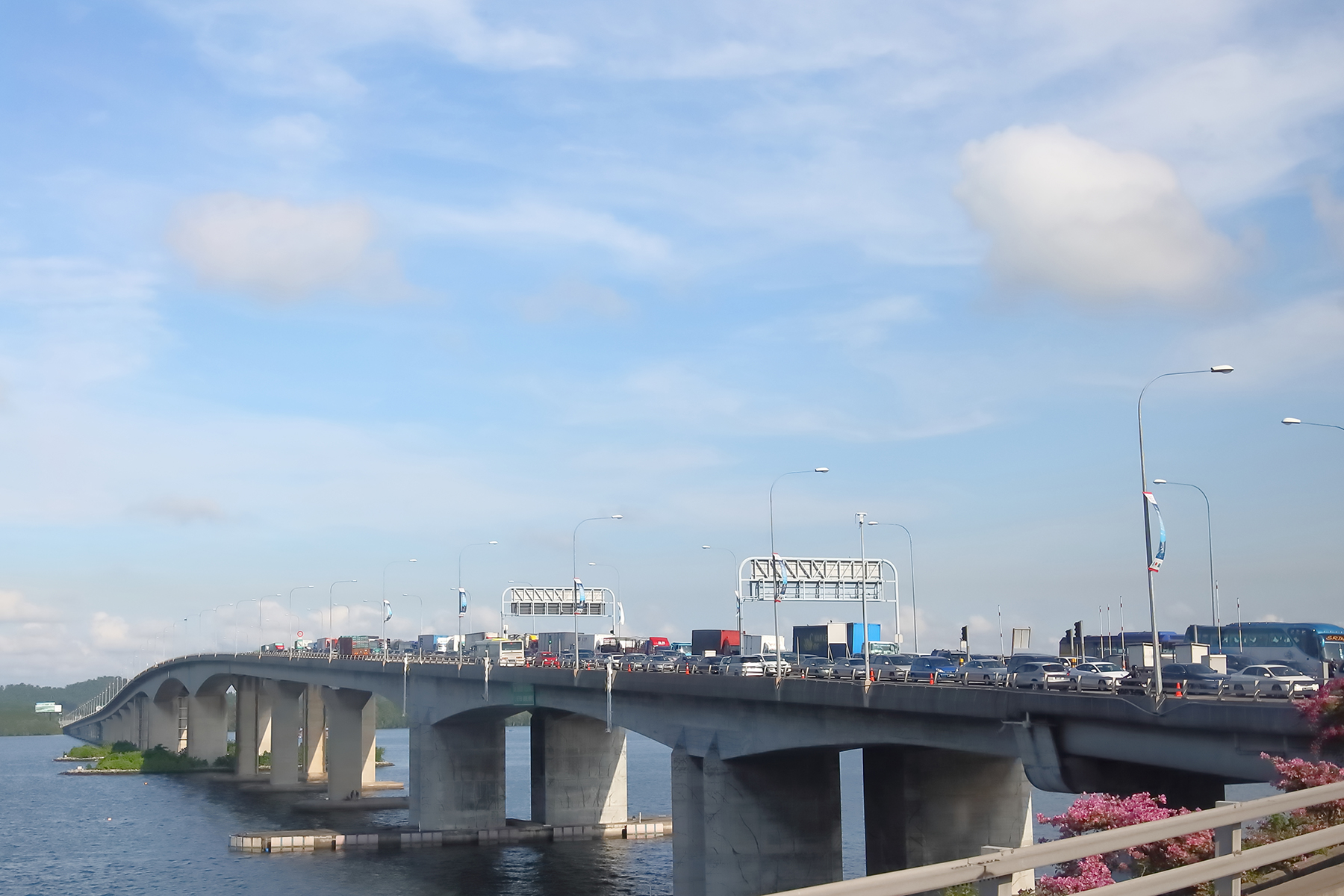
Some local services provide road freight between Malaysia and Singapore. However, most expats won’t find these companies particularly useful. As driving in Singapore is heavily regulated, and Malaysian vehicles must have the relevant permissions before entering the Lion City, it’s best to rely on a professional company if you are moving between the two countries.
International relocation companies
Moving can be extremely stressful. That’s why using an international relocation company is generally a good idea. These companies handle the entire process of removals to Singapore, with door-to-door pick-up and delivery. They’ll also pack and unpack your goods for you.
The basic moving fee depends on the size of your shipping container and your items. For example, moving from the UK to Singapore could cost between $1,000 and around $4,000, with an extra fee for packing and unpacking. Some companies even offer add-ons, including cleaning and someone to put the furniture together. You’ll usually need to book at least two weeks in advance, but the earlier, the better.
How to find an international relocation company
Your search will be different depending on your starting point. The following comparison sites can help you to find a reputable company to assist in your move:
DIY versus using a relocation company
The main advantage of DIY moving is the chance to save money. A relocation company will cost more, but it will reduce headaches and make life a lot easier for you. That’s particularly true if you’re moving to Singapore from a long way away.
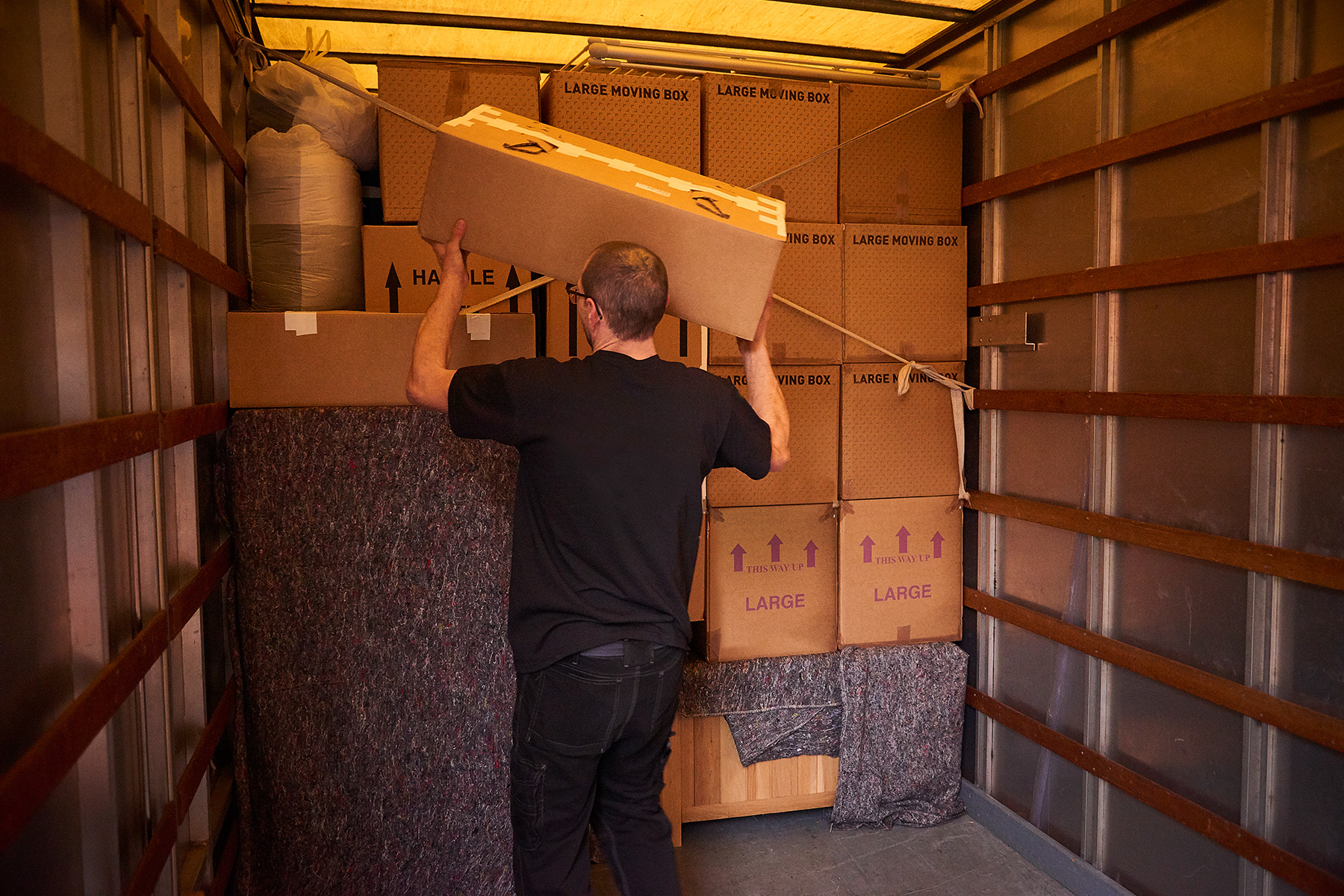
If you’re a minimalist moving to Singapore with just a few suitcases, you’ll save money by carrying your things yourself. Bringing an entire household of furniture with you? Then it’s a good idea to leave it to the pros.
How do I move a car to Singapore?
Bringing a vehicle into Singapore is more complicated than you might imagine. The Singaporean government is determined to keep the number of cars on the roads of the Lion City to an absolute minimum, and many rules and regulations affect vehicle imports.
For one thing, you’ll need to ensure your car complies with local laws: only right-hand drive vehicles are legally permitted, the speedometer must show kilometers (not miles), and it must meet Singapore’s exhaust emission standards.
Once you’ve brought your car to Singapore, you’ll need to register it before you can use it on the roads. This means you’ll have to obtain a Certificate of Entitlement (COE), available in a twice-monthly bidding process.
A COE can be extremely expensive, well over S$100,000. Without one, you won’t be able to drive your own car. As such, expats who can take public transport might think twice before importing a vehicle into Singapore.
How to move to Singapore with pets
Removals to Singapore with a pet are relatively straightforward, particularly if you are traveling from a country with a low rabies risk. Some cat and dog breeds are banned – assuming yours is not on the banned list and that your future home allows pets, you’re in the clear. Dog owners will need to get a dog license before they can apply for an import license.
You’ll need an import license and a clean bill of veterinary health to bring your pet to Singapore. An import license is only valid for 30 days, so once you’ve organized one, it’s important to move quickly, or you’ll risk starting the process all over again.
Customs and importing goods into Singapore
Singapore Customs is famously strict, as you might expect from an island nation. When you import goods into Singapore, you’ll need to make a declaration, and you may have to pay Goods and Services Tax (GST), the local version of VAT.
In the past, GST was not payable on low-value goods. As of 2023, that has changed, so be prepared to pay GST on the items you bring into the country, even your own used furniture. However, if you can provide evidence that your removals to Singapore are necessary, you should qualify for GST relief.
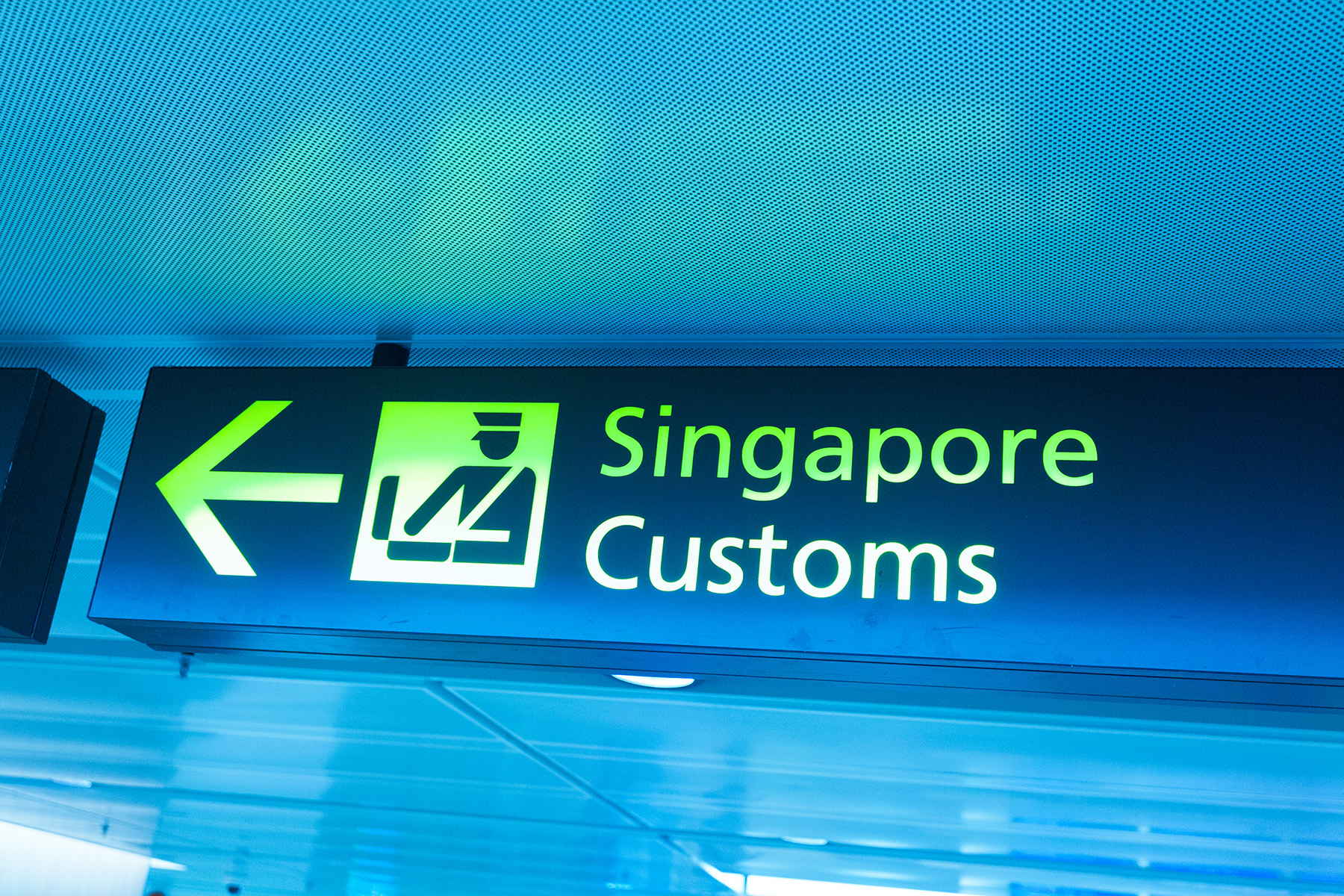
Many types of goods are prohibited in Singapore. Most things on this list are banned in many countries, including fire crackers, products made from endangered animals, and military communication equipment. However, it’s important to be aware that Singapore has some unusual laws about prohibited items.
For example, selling chewing gum is illegal, although you can bring it into the country or get a doctor’s note for medical use. Furthermore, possession of pornographic materials is illegal, and several types of tobacco are forbidden. Working with a professional moving company with experience in removals to Singapore will ensure you stay on the right side of the law.
Useful resources
- Moving to Singapore – a government guide to moving your belongings to Singapore
- Singapore Customs – advice on different imports
